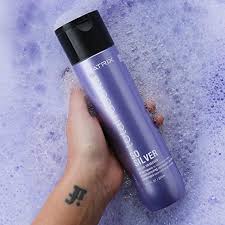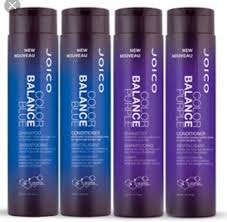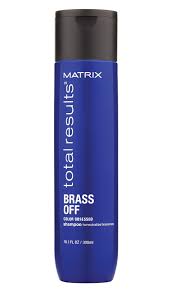
To preserve the beautiful color of bleached hair and especially their cold shades, stylists advise replacing ordinary shampoos with special products that neutralize yellowness. I will explain how they work.
Before buying an anti-yellow shampoo, you should understand
what effect you expect from the product. In terms of texture, structure,
structure and color, everyone's hair is different, therefore, before using
special tinting agents at home, it is better to consult with your master. Visit this link to gain more ideas: difference between blue and purple shampoo
Understand how pigments affect the result
Blond hair comes in a variety of shades: warm, cool, and neutral. Hair with a cool and neutral shade usually needs special products that make the color colder and prevent yellowness from appearing.
Some brands have shampoos with a high concentration of pigments to neutralize unwanted tones as strongly as possible. With constant use, they can accumulate and give not very beautiful purple or blue color nuances on the hair. For the use of such shampoos, there is a rule: use no more than one or two times a week.
The lighter the hair color, the more carefully you need to use pigmented shampoos. If you choose the wrong product, you can oversaturate your hair with pigments, and the yellowness will not go anywhere. An even more unpleasant option is the risk of ruining the color. It is important when choosing to visually assess the shade of the product: pearlescent or slightly purple are ideal for blondes and will not accumulate. The Goldwell brand has such products.
Know how shampoos differ in pigmentation
Special shampoos can be highly pigmented and lightly neutralized. Their action is based on blue, purple and silver direct pigments in the composition.
Blue pigments are responsible for neutralizing reddish and reddish-golden hues on hair, which usually appear as a result of dyeing with color changes or from water with a high metal content.
Purple pigments are needed to neutralize yellow nuances that appear over time and after using hair oils that are not intended for blondes. Violet pigments also support the already created cold shades on the blonde in the period between hair dyes.
"Cold" blondes can use shampoos with blue pigments, but as a result, the hair sometimes gets a slight bluish tint - it looks unaesthetic.
Silver pigments carry a reflective factor and support the ash or neutral direction of the blonde, but they may not cope with pronounced warm nuances. It can be assumed that such pigments are designed for care rather than strong color correction.
"Warm" and "neutral" blondes who like their color direction, it is enough to use shampoos for shine. There are a lot of them in the lines for the blonde of any brand, for example, Alfaparf Milano, L`Oreal Professionnel, CHI, R + CO.
Choose the right composition and act gently
It is important that the products for correcting the nuances of blond contain more care components and less surfactants (surfactants like SLS and SLES) - such shampoos will provide delicate cleansing.
Moisturizing ingredients . Products of different brands contain many components for moisturizing, while there are especially effective ones: hydrolyzed proteins (dairy or vegetable), silk extracts, glycerin.
A balanced pH should be either neutral at 5.5 or more acidic below 4.7. This is found in most shampoos for colored hair - thanks to this, the color lasts longer on the hair.
Ingredients that enhance shine : Typically pearl reflective particles or a combination of plant extracts.
When caring for blond hair, it is important that the washing procedure is as gentle as possible. The water should not be too cold or hot. Hot heat will quickly wash out the color and give too much heat load to the hair, almost like a hairdryer, and too cold can lead to excessive fragility, which is already characteristic of bleached hair.


